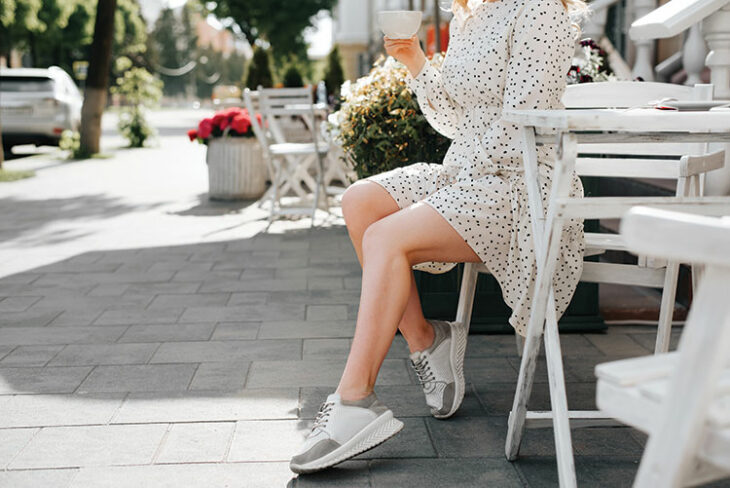Vein health is an area of medicine that tends to be ignored and oftentimes is considered a cosmetic issue. While those plagued with unsightly spider veins are thankful for the cosmetic treatments, many are unaware that leg pain, swelling and skin discoloration can be symptoms of venous inefficiencies. So as a new year begins, let’s explore treatments for venous disease that can restore a youthful look and feel to the legs.
The foundation for treatment is endovenous ablation. This is the procedure that replaced the old-fashioned “vein-stripping” surgeries of the past. This is the process of closing a non-functioning, diseased vein. The body doesn’t need these bad veins, so by closing them off, blood will reroute to healthier veins and back to the heart more efficiently.
There are several methods we can use to close off diseased veins. Endovenous laser treatment (EVLT) is one of the most effective. A laser fiber is guided into the vein, and laser energy is applied to heat up the vein, causing the refluxing vein to close. Patients love the ease of the procedure and the impressive results. Another method is radiofrequency ablation. This treatment is performed essentially the same way as EVLT; however, radiofrequency energy, similar to microwave energy, is dispersed through the vein, causing it to heat up and close down, which stops the blood from flowing backward through the vein.
A third vein ablation method is VenaSeal. Patients love it because it is pain free. An ultrasound-guided catheter is used to deposit a safe, sterile medical-grade adhesive to seal down the faulty vein.
Varithena, another option for treating insufficient veins, is an FDA-approved foam that is injected into the vein using ultrasound-guided imaging. Patients appreciate this method because several abnormal veins can be treated in one sitting. This method often is used to treat longer, deeper leg veins of various sizes.
A final method is the Clarivein treatment option. Clarivein’s uniqueness is its non-thermal, non-chemical nature that instead uses a machinal energy to close off the affected vein. The device accesses the vein via an ultrasound-guided catheter and actually rotates inside. A medication typically is deployed into the vein to ensure its closure, but the main mechanism is its circular, mechanical rotation.
While there are several endovenous ablation methods, some patients with large, ropey, painful veins, may no longer be a candidate because the veins have become too large. For them, another minimally invasive treatment known as microphlebectomy could be an option.
Microphlebectomy is performed using a local anesthetic that numbs up the affected vein. Tiny nicks are made along the skin’s surface through which the diseased vein is removed. No stitches are needed, and the affected area heals nicely without scaring.
With so many options available, why wait? Start off this new year with vein health in mind, and give your legs the care they need.



